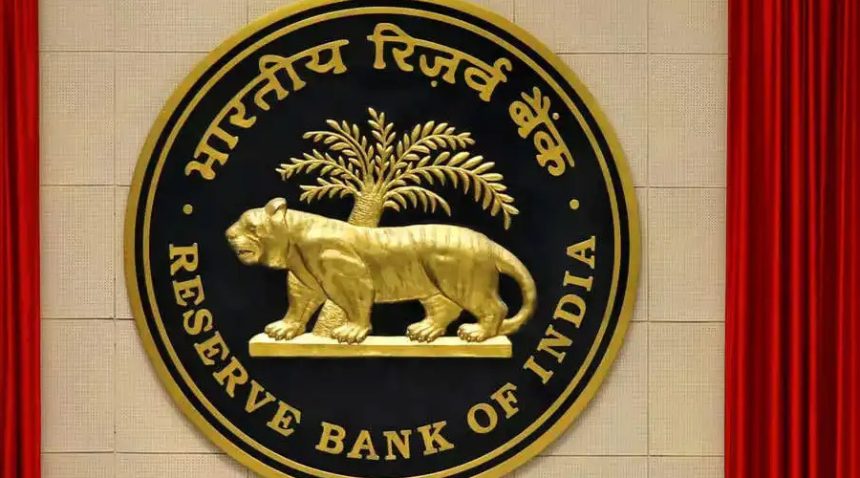Borrowers cheer as home, personal, and business loan EMIs drop
In June 2025, the Reserve Bank of India (RBI) surprised many by cutting the repo rate by 50 basis points (bps). This brought the repo rate down from 6% to 5.5%. It was the third time this year that the RBI lowered the rate, making it a total reduction of 100 basis points since February. Along with the rate cut, the RBI also decided to lower the cash reserve ratio (CRR) by 100 basis points, bringing it down from 4% to 3%. This reduction will be done in stages, completing by November 2025.
The central bank explained that the economy needed extra support for growth, especially since inflation had dropped to a six-year low of 3.16%. Even though inflation stayed under control, the growth rate of India’s economy had slowed, prompting the RBI to step in and make borrowing cheaper to boost spending and investment.
Borrowers Get Immediate Relief
The biggest winners from the repo rate cut are the borrowers. Several major public sector banks quickly responded to the RBI’s move:
The State Bank of India (SBI), Canara Bank, Union Bank, and Indian Overseas Bank lowered their lending rates by 50 basis points.
SBI reduced its External Benchmark Lending Rate (EBLR) from 8.65% to 8.15%. This means that home loan rates now range between 7.50% and 8.45%, depending on the borrower’s credit score.
Bank of Baroda also reduced its lending rate to 8.15%, while Punjab National Bank brought its rate down to 9.10%.
With these lower rates, monthly loan payments (EMIs) have become cheaper. For example, a person with a ₹40 lakh home loan over 20 years can now save about ₹1,255 every month in EMI due to the 50 basis point cut. Over the loan period, this can add up to significant savings for borrowers.
Impact on Different Types of Loans
The benefits are not limited to home loans:
Personal loans, business loans, and car loans that are linked to floating rates will also become cheaper.
Most banks now link their loan rates to external benchmarks like the RBI’s repo rate. This ensures that rate changes are passed on to borrowers quickly, often within a few weeks or months.
As a result, both new and existing borrowers can enjoy lower interest costs without having to negotiate with their banks or refinance their loans.
Banks Face Pressure on Profits
While the rate cut is great news for borrowers, banks are facing a different reality. Lower interest rates mean that the banks will earn less money on the loans they give out. At the same time, they also have to lower the interest rates they offer on deposits to maintain a balance.
Many banks have already reduced fixed deposit rates by 30 to 70 basis points since February.
Lower deposit rates may discourage savers from keeping their money in fixed deposits, forcing banks to find other ways to attract funds.
Profit margins for banks will get squeezed in the short term because they are earning less on loans while still paying interest on deposits.
To offset some of these losses, banks may invest more in corporate bonds or government securities, which offer slightly better returns compared to regular lending.
Why RBI Made the Move
The RBI’s main reason for cutting the repo rate was to support India’s slowing economic growth:
India’s gross domestic product (GDP) growth slowed to 6.5% in the financial year 2024-25, which is the lowest in four years.
To meet the country’s long-term income goals, growth needs to be closer to 7.8%, which is not happening at the moment.
With inflation under control at 3.16%, the RBI had enough room to lower rates without worrying about prices rising too fast.
The central bank has made it clear that it will closely watch inflation and economic data before making any further moves. For now, it wants to wait and see how the current cuts help boost growth and lending.
Sector-Specific Effects
Real Estate
Homebuyers, especially in smaller cities like Bhubaneswar, may benefit the most. Interest rates on home loans could fall below 7.75%, making homes more affordable.
Lower rates may also encourage more people to invest in property, giving a boost to the real estate sector.
Small Businesses (MSMEs)
Micro, Small, and Medium Enterprises (MSMEs), which play a key role in India’s economy, are expected to gain better access to loans at lower rates.
MSMEs contribute about 29% to the GDP but only receive 16% of bank credit. Easier loans could help them grow, create jobs, and boost production.
Banks
Public sector banks have moved quickly to pass on the benefits of the rate cut to borrowers, unlike in the past when they were slower to act.
However, falling deposit rates may reduce profits. Banks will need to find new ways to maintain earnings, such as by increasing income from fees or investing in higher-yield assets.
What Happens Next
The RBI has indicated that no immediate rate cuts are planned. The next decisions will depend on how inflation and growth behave over the coming months.
The central bank may also use other tools, such as Variable Rate Reverse Repo (VRRR) auctions, to manage liquidity in the financial system.
Borrowers should keep an eye on how quickly banks pass on the full benefits of the rate cuts. While some banks have already made full adjustments, others may do it more slowly.
Investors may need to rethink their strategies. With fixed deposit returns falling, people may look at other options like corporate bonds or market-linked investments for better returns.
The RBI’s decision to cut the repo rate in June 2025 marks an important moment for India’s financial system. Borrowers across the country, from homebuyers to small businesses, will enjoy lower loan costs. This could encourage more spending, investments, and ultimately, faster economic growth.
At the same time, banks face challenges as their profit margins shrink. They will need to manage the balance between offering cheaper loans and maintaining financial health. The central bank’s actions reflect its focus on growth while carefully keeping inflation in check.
The coming months will show whether this policy shift succeeds in boosting growth without creating new risks. For now, borrowers can breathe easier while banks prepare to navigate this changing landscape.





